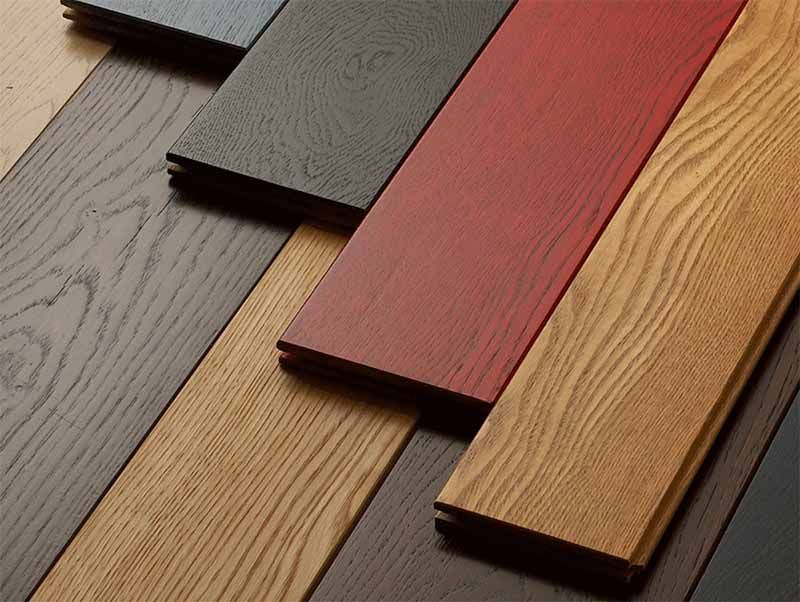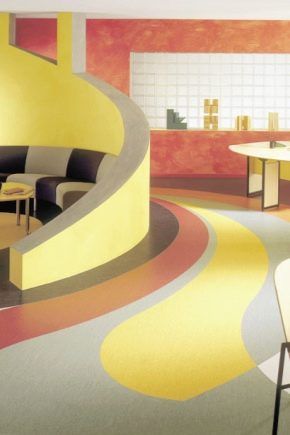What is the difference between commercial linoleum and semi-commercial
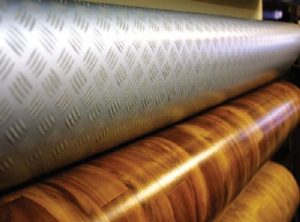 Linoleum is one of the most common floor coverings today. It is used when decorating a home, office or even industrial premises.
Linoleum is one of the most common floor coverings today. It is used when decorating a home, office or even industrial premises.
The material is most popular among consumers due to a number of positive characteristics. These include a variety of colors, ease of installation, a wide price range, as well as durability, wear resistance and ease of maintenance.
Finishing materials stores offer many types of this coating. To choose the optimal one, you just need to clearly decide in which room it will be used and what loads it will experience.
Today we’ll talk about two types of linoleum: commercial and semi-commercial. Let's figure out how they differ from each other.
The content of the article
Semi-commercial linoleum
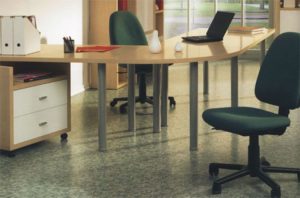
This is a material with a foam or needle-punched base and a multilayer structure. It is reinforced with fiberglass for greater strength and durability.
- The top protective layer has a thickness of 0.3 to 0.6 mm.
- The weight per square meter is from 2 to 2.5 kg.
- The average lifespan is 15 years.
The coating is used in areas with moderate traffic, such as offices, small shops, classrooms or residential corridors.
In terms of its properties and price, this type differs from the commercial (industrial) one, but is superior in comparison with the household one.
IMPORTANT! You should not lay semi-commercial linoleum in bedrooms or children's rooms. For them, it is better to choose more environmentally friendly types of flooring.
It is not recommended to lay the covering in places directly connected to the street.
Commercial linoleum
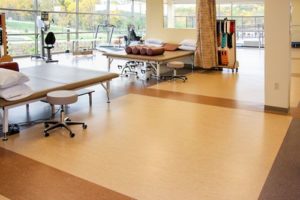
Floor covering with increased wear resistance and durability. It is used in areas with high traffic: in trading floors, corridors of medical or educational premises, warehouses and others.
This coating is made from very dense polyvinyl chloride (PVC) using polymer additives.
IMPORTANT! To lay industrial linoleum you will need special equipment.
Abrasion occurs unnoticeably due to the fact that the coating is painted evenly throughout its entire thickness. This linoleum can withstand temperatures from -40 to +50°C. It also withstands point loads, moisture, ultraviolet rays and chemical reagents.
One of the main advantages is its fire safety. When ignited, it goes out immediately and does not emit toxic substances.
The service life with proper operation can reach 25 years.
Differences between semi-commercial and commercial linoleum
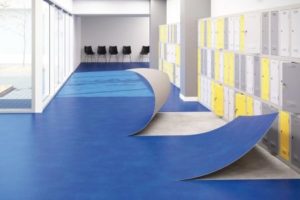
The main difference between these two types of flooring is their purpose and use.
- Semi-commercial linoleum is used in rooms with moderate traffic, including corridors of residential buildings and apartments. That is, in those places where there is no need to lay expensive commercial linoleum. Compared to commercial, it has a more diverse palette of colors and textures.
- Industrial is used in factory premises, warehouses, corridors of medical or government institutions. Due to the fact that the material is painted over its entire thickness and also has a number of protective properties, it is able to cope with the required loads and maintain its appearance for many years of use.
It is useful to take these differences into account when choosing the type of coating. If you plan to use it in places with high traffic, then you should opt for a commercial one. For less crowded rooms, it is more advisable to purchase a more budget-friendly semi-commercial linoleum.




